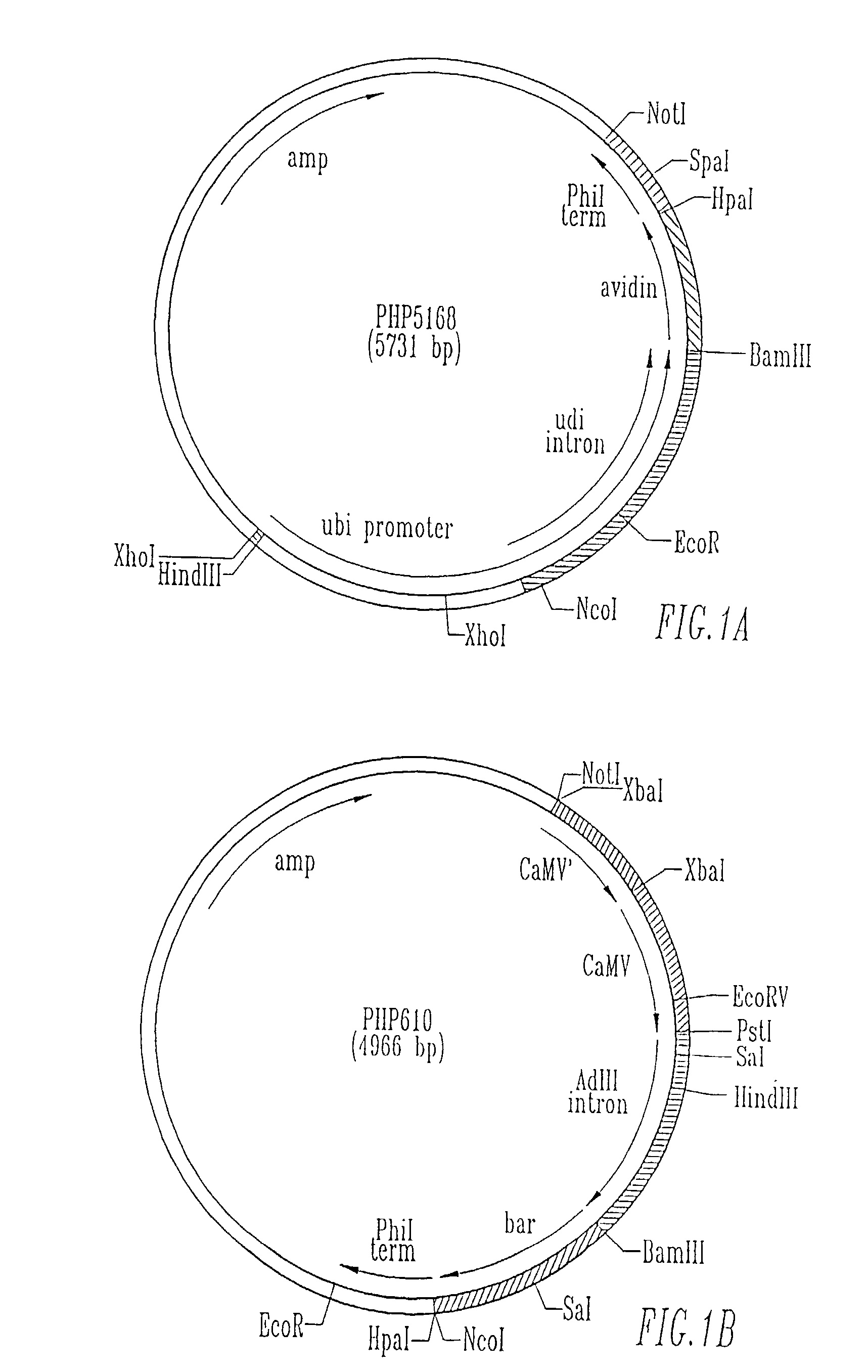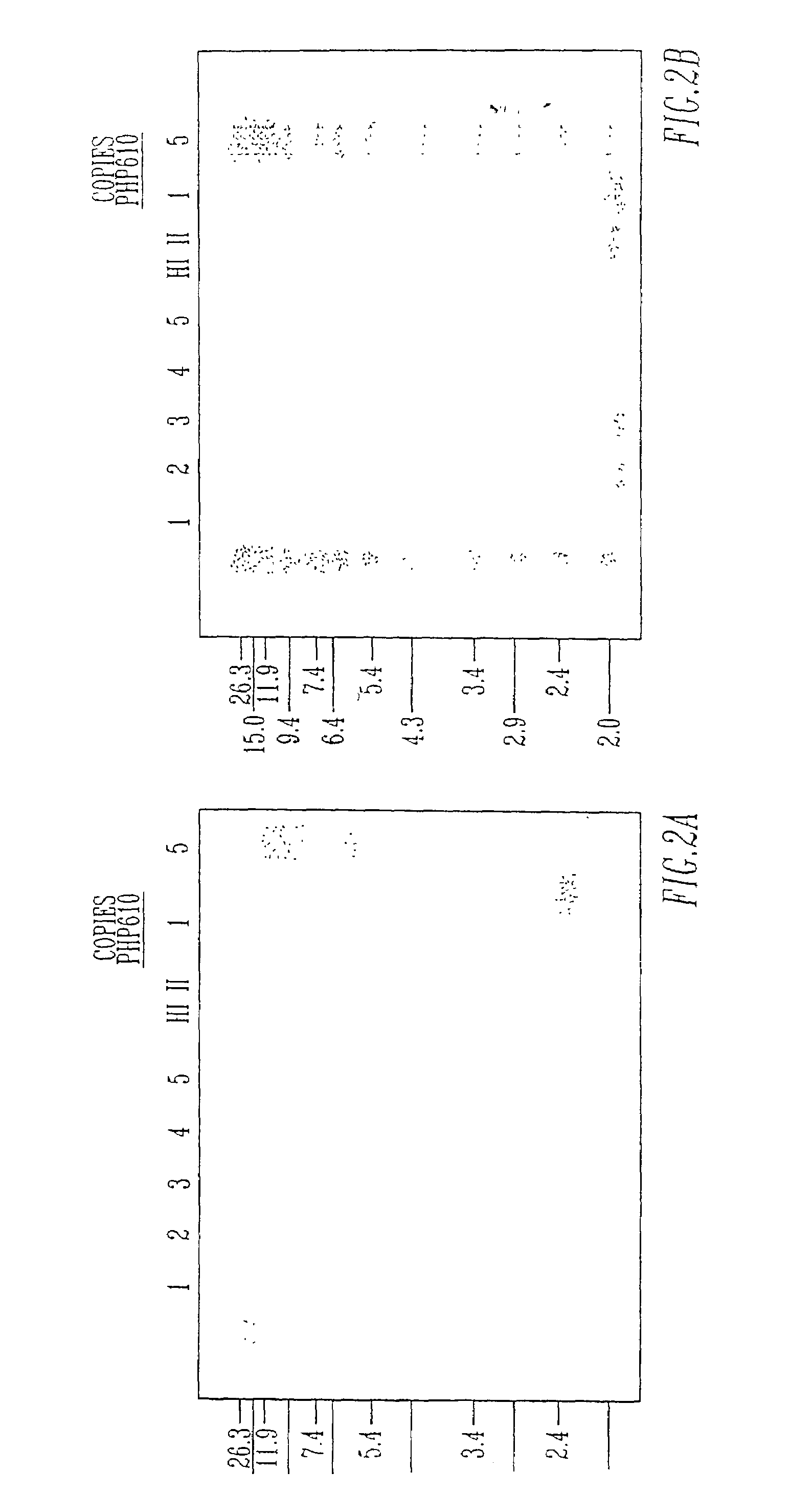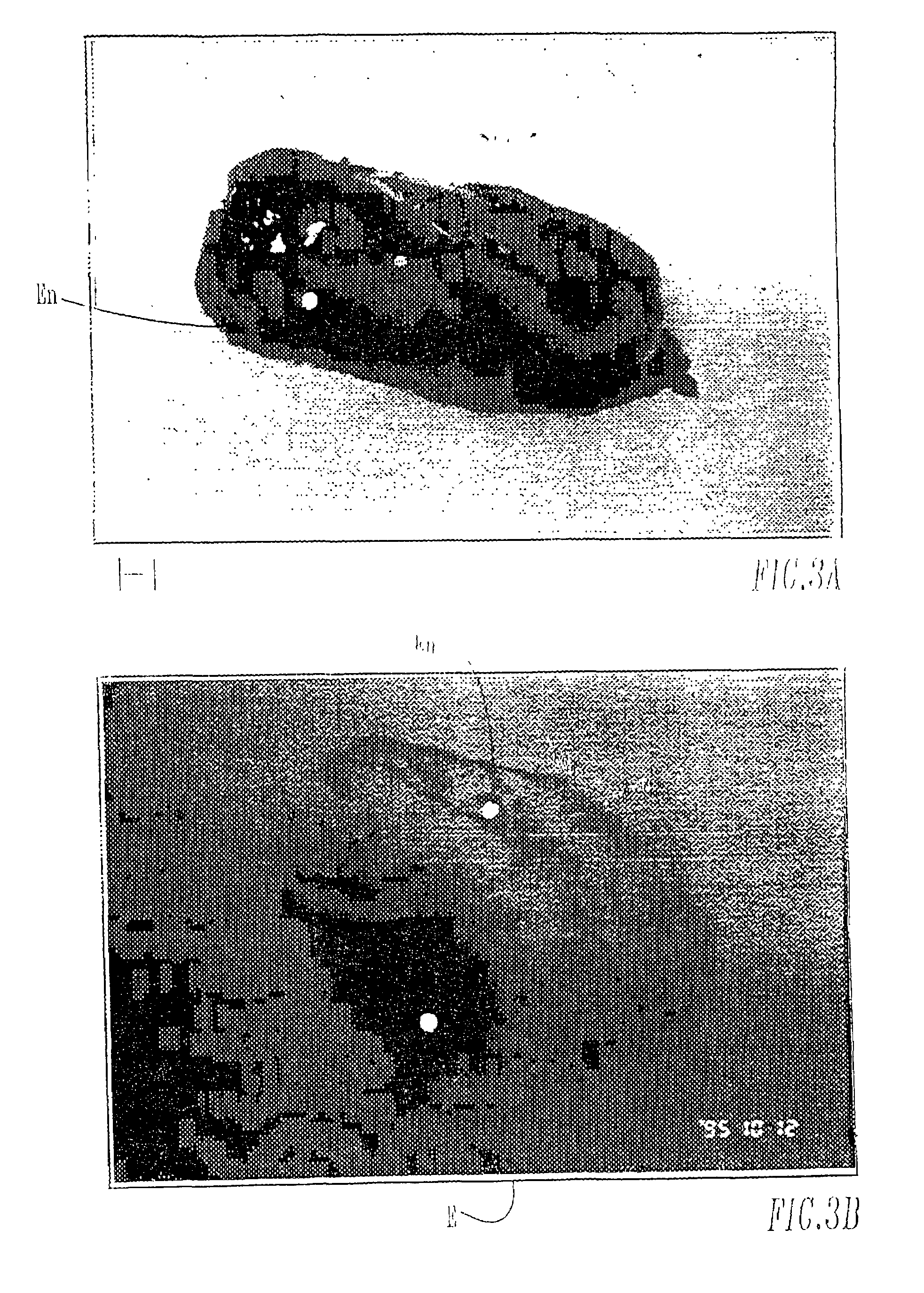Methods for commercial production of heterologous laccase in plant tissue and extraction of the laccase from plant seed
a technology of plant tissue and laccase, which is applied in the direction of peptide sources, bio chemistry apparatus and processes, etc., can solve the problems of poor expression in the embryo, toxicity to the plant cell, and the cost of protein production is even further reduced, so as to achieve the effect of more efficient production of commercial proteins
- Summary
- Abstract
- Description
- Claims
- Application Information
AI Technical Summary
Benefits of technology
Problems solved by technology
Method used
Image
Examples
example 1
Commercial Production of Avidin in Germ
[0079]Avidin has been produced in transgenic maize seed. See U.S. Pat. No. 5,767,379. The glycoprotein is native to avian, reptilian, and amphibian egg white. Transcription of the heterologous gene was driven by the maize ubiquitin promoter, and translation was targeted to the endoplasmic reticulum surface because of an attached signal sequence. A transformant showing high-level expression of avidin was selected. Southern blot data revealed that four copies of the gene are present in this transform ant. The foreign protein represents >2% of aqueous soluble extracted protein from populations of dry seed, a level higher than any heterologous protein previously reported for maize. In seed, greater than 55% of the extractable transgenic protein is present in the embryo, an organ representing only 12% of the dry weight of the seed. This indicates that the ubiquitin promoter previously considered to be constitutive, in this case shows a strong tissue...
example 2
Commercial Production of β-Glucuronidase
[0133]The protein β-Glucuronidase (GUS) has been produced in plants. See U.S. Pat. No. 5,804,694. Here, it is demonstrated that by using the germ of the seed in the plant in which the protein is produced, increased concentration of the protein on a dry weight basis is obtained.
Materials and Methods
Production of Transgenic Corn
[0134]The transgenic corn kernels were provided by Pioneer Hi-Bred International (Johnston, I A). The transgenic corn producing rGUS was prepared by using transformation, selection, and plant regeneration methods reported by Hood, E. E., et al., (1997) Commercial production ofavidin from transgenic maize: Characterization of transformant, production, processing, extraction and purification. Molecular Breeding 3:291–306.
Degermination
[0135]The germ was separated from the endosperm by a dry-milling process (Pen J, Sijmons P C, van Ooijen A J J, Hoekema A: Protein production in transgenic crops: Analysis of plant molecular fa...
example 3
Cost Comparisons Using Germ
[0158]The following demonstrates the cost savings that is expected in using the germ portion of the seed for protein expression, extraction and purification, versus using the entire seed. Table 10 demonstrates production of a protein useful in pharmaceutical applications will result in production costs expected to be 1 / 10th the cost of using the seed. In this projection, protein production is expected to be higher, since the starting material will contain a higher concentration of protein per kilogram of material versus the seed. Thus, more protein will be produced from a smaller amount of material. At 80% purification yield shown, there is a more than six times cost difference. In fact, purification yields using germ are expected to reach 85%, which would resulted in an eight times greater cost savings in using germ. Table 11 shows details of costs to produce defatted germ containing the protein.
[0159]Yet another comparison, using rGUS purification from f...
PUM
| Property | Measurement | Unit |
|---|---|---|
| Volume | aaaaa | aaaaa |
| Volume | aaaaa | aaaaa |
| Volume | aaaaa | aaaaa |
Abstract
Description
Claims
Application Information
 Login to View More
Login to View More - R&D
- Intellectual Property
- Life Sciences
- Materials
- Tech Scout
- Unparalleled Data Quality
- Higher Quality Content
- 60% Fewer Hallucinations
Browse by: Latest US Patents, China's latest patents, Technical Efficacy Thesaurus, Application Domain, Technology Topic, Popular Technical Reports.
© 2025 PatSnap. All rights reserved.Legal|Privacy policy|Modern Slavery Act Transparency Statement|Sitemap|About US| Contact US: help@patsnap.com



